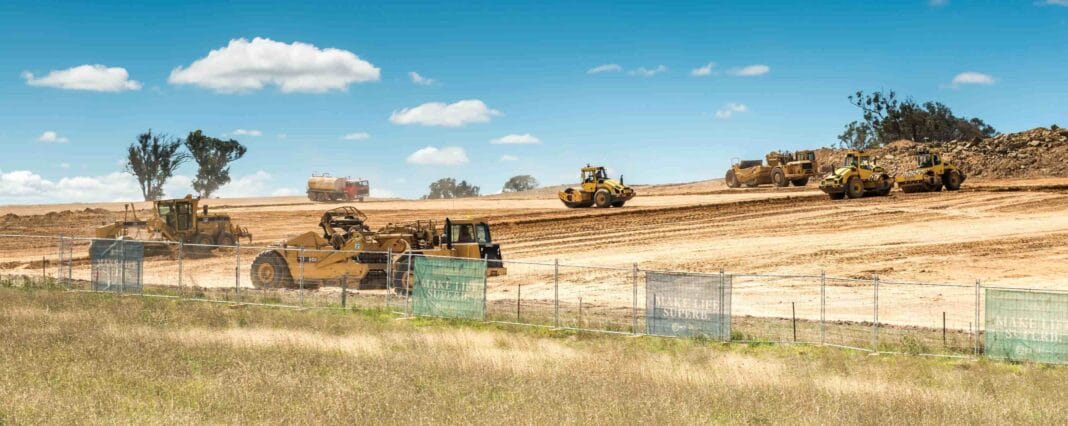The Conservation Council ACT Region, the Territory’s peak environmental body, has welcomed the release last week of the ACT Government’s five-year ecological Science Plan, but believes more could be done.
The Environment, Planning & Sustainable Development Directorate (EPSDD) Science Plan 2020–25 sets a framework for government, universities, citizen scientists, and Ngunnawal Traditional Custodians to collaborate on environmental conservation, sustainability, and liveability in the ACT over the next five years.
“It is crucial that we develop a strong evidence-based understanding of how we can best manage our natural environment to enhance biodiversity,” Conservation Council director Helen Oakley said.
The EPSDD developed the plan in consultation with science departments from the University of Canberra, the Australian National University, CSIRO, and the University of Sydney. Ms Oakley was glad the Plan also acknowledged citizen science groups and the “important contribution” of local Indigenous groups.
The Science Plan identified climate change and ecosystem resilience as key issues. “These are fundamentally inter-related and pose imminent challenges for the ACT such as changing weather patterns, droughts, and risk of bushfire,” Ms Oakley said.
The Plan acknowledged that increasing urbanisation posed a risk to the natural environment. Connected habitat for flora and fauna was disappearing, Ms Oakley said, while human settlements affected natural ecosystems. Humans spread weeds, planted invasive non-native species, and introduced animals such as cats that roamed and hunted birds, reptiles and small mammals.
“Unfortunately, in the face of these imminent threats, that Plan does not mention the Precautionary Principle,” Ms Oakley said. “[The Principle] sits at the core of decision-making. It reminds us that when the science is uncertain, or unavailable, we should still take preventive action to protect the environment.”
The Precautionary Principle is embedded in the ACT’s Nature Conservation Act 2014 – the chief legislation for the protection of native plants and animals in the ACT, and for managing the conservation reserve network.
It states: “If there is a threat of serious or irreversible environmental damage, a lack of full scientific certainty should not be used as a reason for postponing measures to prevent environmental degradation.”
Ms Oakley said it was important the Government adequately funded scientific work, and that scientific outcomes were shared with Government agencies focused on land release and development in order to ensure their decisions were consistent with the scientific recommendations.
“We can’t afford to continue development in areas of ecological value, reducing habitats for our native plants and animals,” Ms Oakley said.
“In addition, we need to find ways to protect and enhance biodiversity across the urban landscape as urban areas are developed, such as ensuring adequate green space for planting bushes and larger canopy trees.”
For more news:



